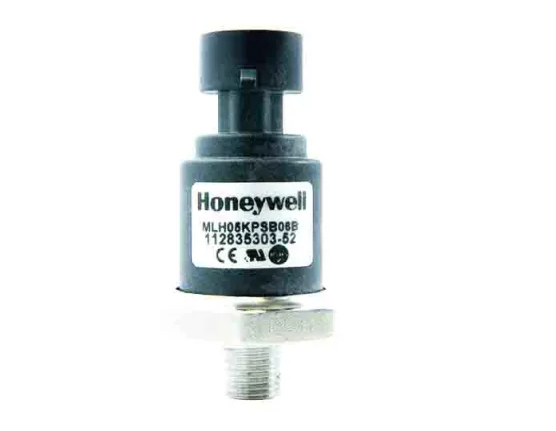The linear displacement sensor is a device used to measure the linear displacement of an object in a fixed direction. It converts the position changes of an object into electrical signal outputs, often utilizing principles such as resistance, capacitance, or magnetic fields for measurement.

Honeywell MLH Series MLH02KPSB06A
Features of Linear Displacement Sensors:
Linear displacement sensors exhibit the following features:
- High precision: These sensors typically offer high accuracy for measuring minute displacements.
- High reliability: Due to their simple structure and resistance to external interference, they possess excellent stability and reliability.
- Easy installation: Linear displacement sensors are relatively easy to install and can be mounted directly on the object being measured.
Applications of Linear Displacement Sensors:
Linear displacement sensors find applications in various fields:
- Manufacturing: They are widely used in mechanical manufacturing for equipment such as machine tools, presses, cranes, and conveyors to measure the position and motion trajectory of workpieces or machines.
- Automotive industry: Linear displacement sensors are extensively employed for throttle position detection, brake pedal position detection, and other automotive applications.
- Pharmaceutical and medical fields: These sensors are commonly used in pharmaceutical and medical equipment such as drug dispensers, infusion pumps, surgical robots, etc., to measure the position and motion trajectory of drugs or tools.
Conclusion:
Linear displacement sensors provide precise measurement of linear displacements and find applications in diverse industries. With their high precision, reliability, and ease of installation, they contribute to the accurate monitoring and control of various systems.
 6G Controls - Leading Supplier of New & Original PLC 、DCS Parts and Automation Controller
6G Controls - Leading Supplier of New & Original PLC 、DCS Parts and Automation Controller
